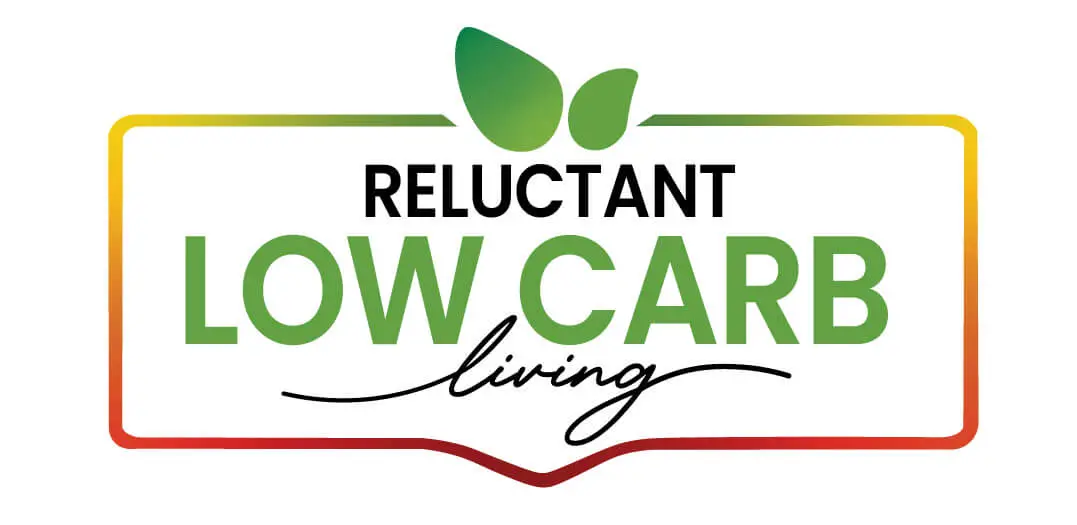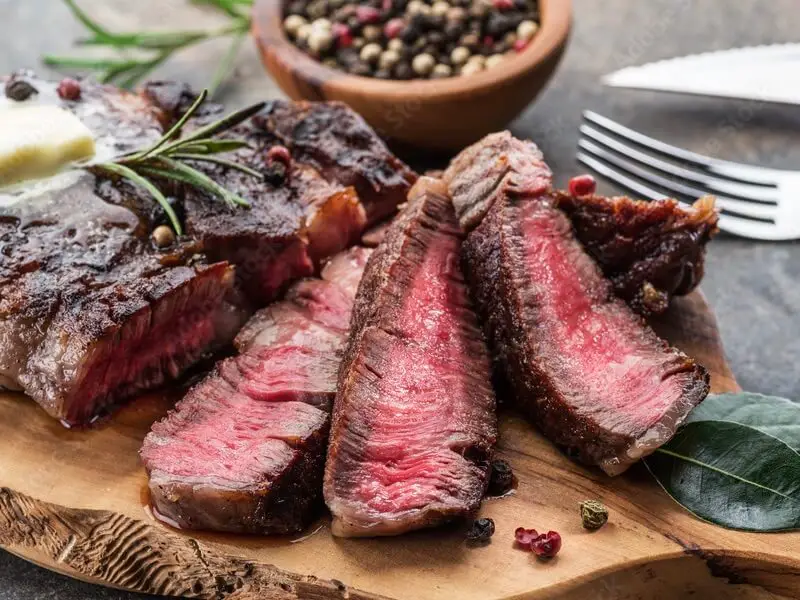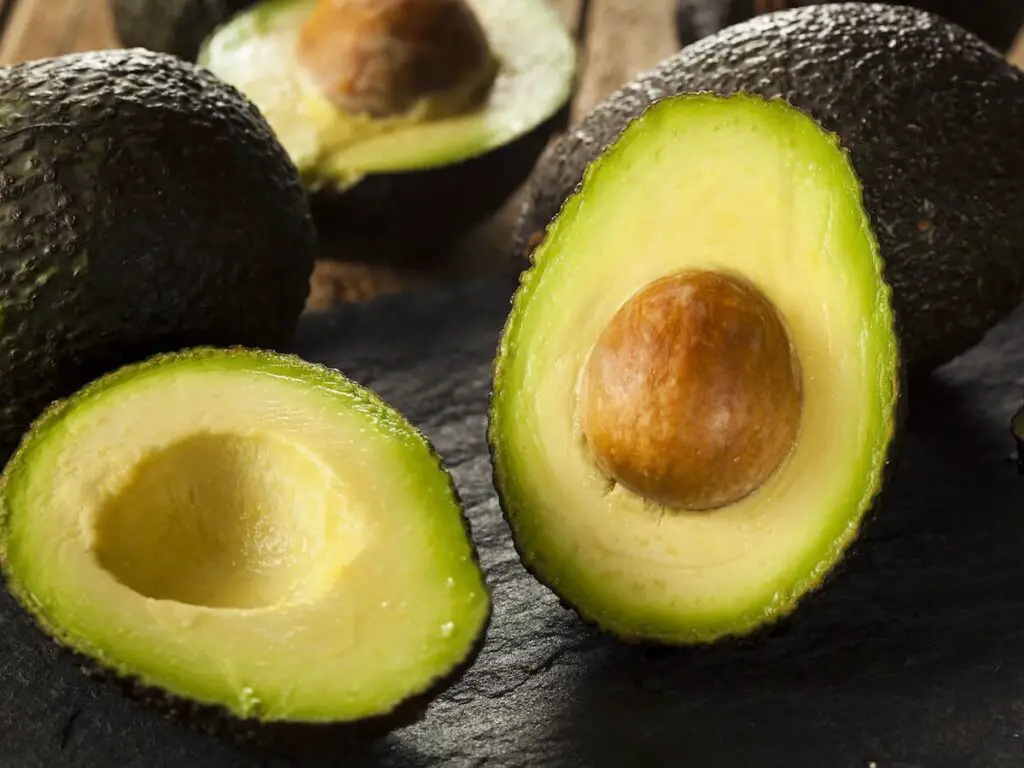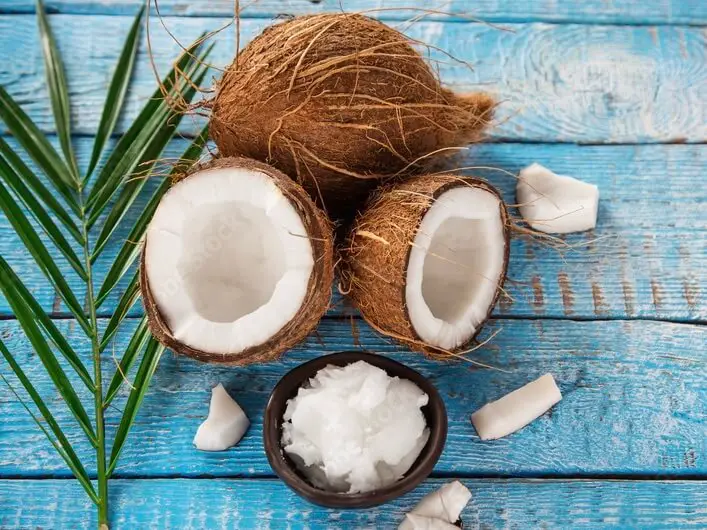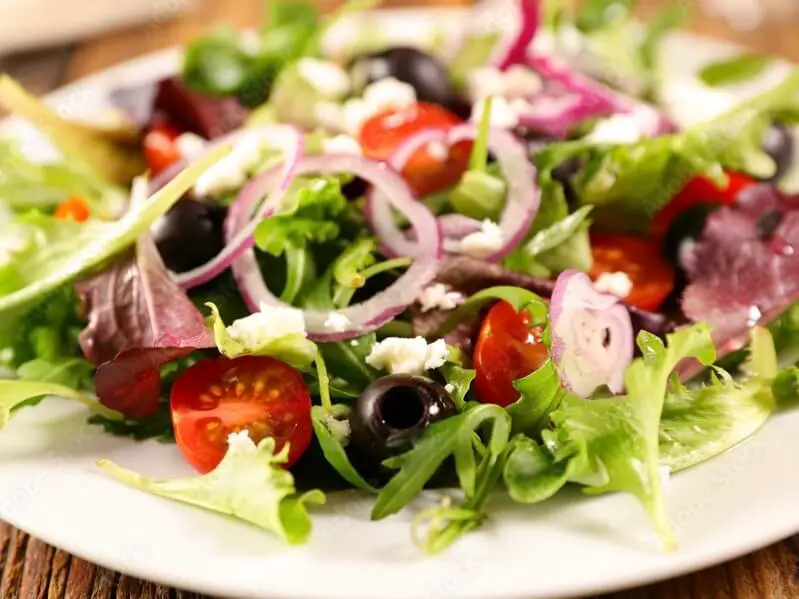From the moment we rise till our heads hit the pillow at night, we make constant, often subconscious, decisions about what to eat. Dining choices affect our health and the environment; they’re not just about satiating our hunger or indulging our taste buds.
Have you ever considered what’s inside the everyday foods you enjoy? Do you know the difference between processed and ultra-processed foods or their imprint on your health and the environment? This exploration will thoroughly compare processed and ultra-processed foods, their nutritional profiles, health implications, and environmental impacts, followed by viable alternatives for a healthier lifestyle.
Table of Contents
- Defining Processed and Ultra-Processed Foods
- Understanding the Nutritional Profile
- Health Implications of Eating Processed versus Ultra-Processed Foods
- Environmental Concerns and Ethical Dilemmas
- Tips to Make Healthy Shifts from Ultra-Processed to Processed Foods
- Related Question
Defining Processed and Ultra-Processed Foods
Unveiling the Raw Truth: Processed vs Ultra-Processed Foods
Ever find yourself stuck in the grocery aisle, squinting at food labels? We’ve all been there. They say knowledge is power, and we need to know what we’re feeding our bodies in our pursuit of a balanced lifestyle. Let’s dive into processed and ultra-processed foods, addressing the fundamental differences without any extra garnish.
Processed foods can sound like a total buzzkill to those with a taste for trends and a passion for health. But not all processed foods are in the villain category. The term ‘processed foods’ includes any food altered in any way from its natural state — for cleanliness, safety, or convenience. This could include canned vegetables, pasteurized milk, frozen fruits, and roasted nuts.
Yes, indeed! Roasting those almonds to munch on during your afternoon grind constitutes processing them. Anything that involves freezing, boiling, baking, or drying food also falls under this umbrella.
Ultra-processed foods, however, host an entirely different soiree. According to the NOVA food classification system, ultra-processed food is a formulation of food substances often altered by chemical processes and assembled into ready-to-consume food.
So, think of instant soups and noodles, sugary cereals, sodas, chicken nuggets, and heavily pre-packaged cakes – often high in sugar, unhealthy fats, and sodium.
One might equate this processing extreme to a well-edited Instagram photo – too many filters and touch-ups that the original is barely recognizable and certainly not as healthy and vibrant as it once was. With much of the natural fiber, protein, and other beneficial compounds depleted, these foods are like fashion knockoffs, imitating the real thin but falling short of quality and value.
To keep our bodies chic inside and out, embracing whole or minimally processed foods like fruits, vegetables, grains, and lean proteins is critical. Meanwhile, keep ultra-processed foods, just like those passé baggy cargo pants, off your menu. The less tinkering endured by the food, the better it usually is for our health.
Let’s not obsess, though. The goal here isn’t to banish processed foods altogether. After all, what’s a movie night without some popcorn? The idea is to get savvy about your eatin’ and strive for balance. It’s about making wholesome, in-vogue choices that nourish our bodies and lifestyles.
Remember, just as fashion trends evolve, so do dietary guidelines. But true wellness isn’t about unthinkingly following the crowd. It’s about enhancing the many facets of our lifestyle.
Understanding the difference between processed and ultra-processed foods is one way to tune into what our bodies truly need, one meal at a time. Here’s to sensible eating, radiant health, and effortless style – in every sense!
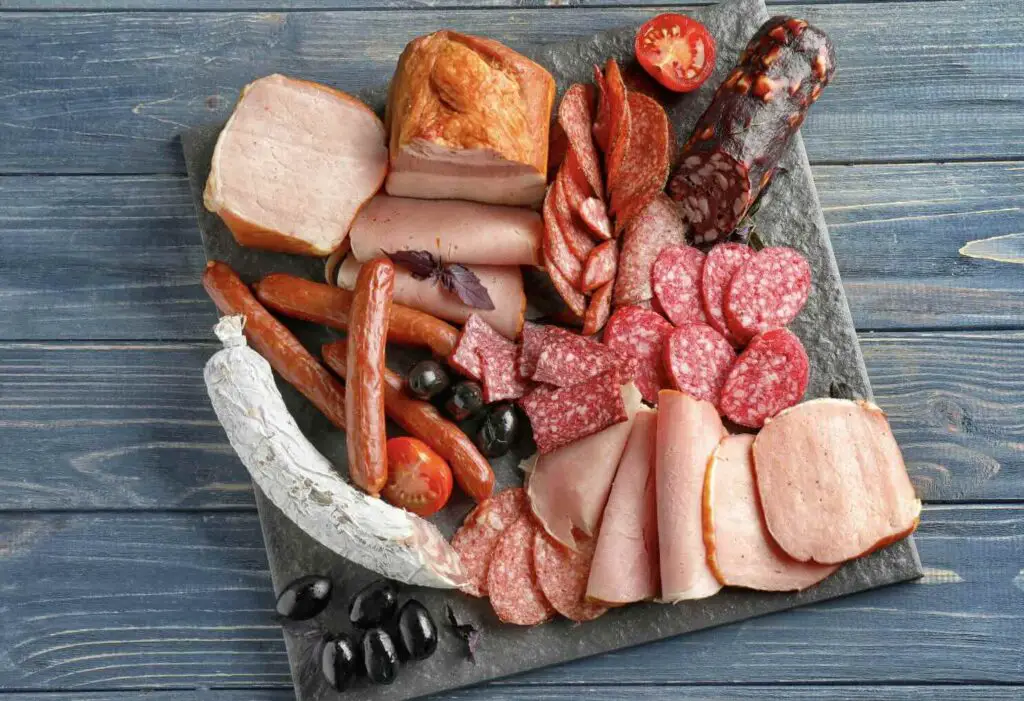
Understanding the Nutritional Profile
Embrace the Aesthetics of Eating: A Deeper Look into Ultra-Processed Foods
If you’ve ever purchased pre-packaged meals or chugged-down energy drinks, or been tempted by the vibrant hues of artificially colored snacks, you’ve dabbled in the world of ultra-processed foods.
Such trendy concoctions sporting slick labels and enticing marketing language have become as ubiquitous in our cupboards as the latest designer jeans in our wardrobe.
The allure of convenience often overpowers the yearning for nutrition. In the fashion zeitgeist, ultra-processed foods could be likened to knockoff designer wear. They mirror the desired outward appeal but lack the quality and authenticity of their genuine counterparts.
Much like discerning a Vogue-worthy outfit from a counterfeit, understanding the nutritional landscape of ultra-processed foods can give you the upper hand in mastering the art of a trendy yet healthy lifestyle.
In the same way, fashion goes beyond clothes; eating extends beyond filling our stomachs. It’s about the quality of ingredients, the story they tell, and their impact on our health. While innovative, convenient,t and ever-evolving, ultra-processed foods aren’t necessarily as nutritious as their whole-food counterparts.
From nutrient depletion to adding sugars, unhealthy fats, and additives, these foods are tailored more towards longevity on the shelf rather than longevity of life. They’re the fast fashion of the food world – attractive alluring, but significantly less beneficial.
Adapting a nutrition-focused perspective could be compared to evolving our style instincts. It requires understanding the value of investing in items (or foods) that contribute positively to our well-being- rather than settling for cheaper, less beneficial alternatives.
Modern diets are etched with the equivalent of flashy trend-driven pieces – ultra-processed foods. To maintain a balanced diet, it’s essential to offset these with nutritional classics—whole and minimally processed foods. These are the timeless white tees, chic blazers, and iconic denim of our diet, intrinsic for lasting health and style.
Lastly, remember that wellness decisions are as unique as personal style choices. It’s about mapping your preferences and requirements onto the canvas of available options. With the proper knowledge as your compass, you’re equipped to elegantly navigate the realm of nutrition, creating your unique blend of variety, moderation, and balance.
Tailoring your diet should carry the same intentionality as curating your wardrobe. After all, life, like fashion, is about making a statement. What you consume is equally significant in defining your brand as what you wear.
Because, just as in fashion, health is never out of style. So, tread consciously because you are indeed what you eat—and what you wear. Embrace the aesthetics of eating, and here’s to living our most fashionable lives – in and out of the wardrobe.
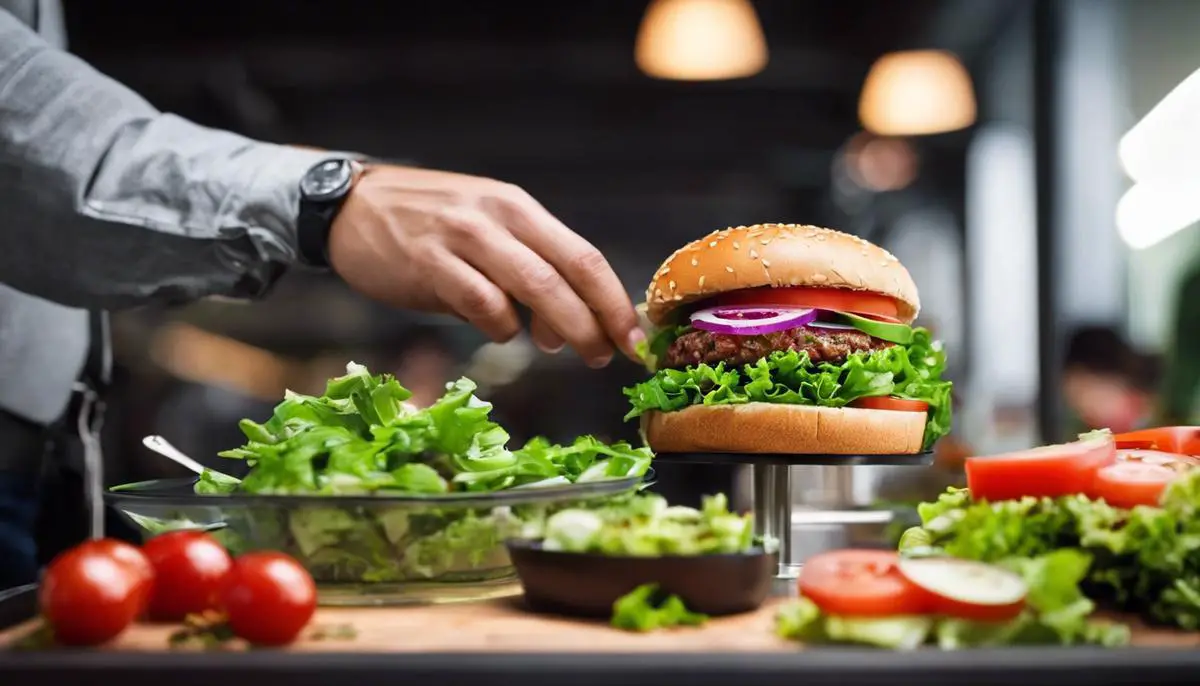
Health Implications of Eating Processed versus Ultra-Processed Foods
Navigating the world of ultra-processed foods is like sifting through the fashion season’s fast trends – easy to be captivated by, but difficult to understand the long-term impact.
Let’s peel back the packaging and uncover what these ultra-processed foods mean for our health.
The driving force behind our embrace of ultra-processed foods is convenience. They are to nutrition what off-the-rack outfits are to high fashion: convenient but lacking the bespoke, tailor-made nutrition our bodies crave.
With peppy packaging, mouth-watering marketing, and the promise of saving precious time, it’s no wonder they’ve found a place in our pantry — a place their nutrition profiles, unfortunately, can’t match up to.
Scrutinizing the nutritional landscape of ultra-processed foods, it’s much like a shiny sequin dress with a scratchy lining. It’s all too common to find high sugars, unhealthy fats, sodium, and synthetic additives hiding behind the glimmer.
These components are linked in excess to many health problems; their negatives far overshadow the convenience they offer.
The impact of ultra-processed foods on our health is akin to buying a pair of shoes a size too small — seemingly manageable at first, but with ongoing use, the discomfort and consequences become apparent. Regular consumption is associated with obesity, cardiovascular diseases, hypertension, and, in some instances, even cancer. That’s quite the price tag for a quick meal fix.
A helpful tool is to compare ultra-processed foods with their whole-food counterparts, just like comparing designer originals with knockoffs. Fresh fruits, veggies, grains, and legumes may not come with ready-to-eat convenience. Still, they’re significantly richer in nutrients and fiber and devoid of harmful additives — the optimal choice for our health and well-being.
Learning to complement our hectic modern diets with whole and minimally processed foods is the fashion diplomacy of the kitchen — mixing designer threads with vintage finds for a healthier, stylish, and sustainable result. After all, true wellness is more than the number on the scale; it’s the vibrancy of our skin, our energy levels, and how we feel inside.
Moreover, making dietary choices should reflect personal preferences and requirements, just like curating a distinctive wardrobe. Consider your body’s unique needs and tailor your diet to fuel and nourish while also satisfying your appetite.
The significance of what we consume is integral to defining our brand and style; we are what we eat. By intentionally choosing foods that taste amazing and benefit our health, we nurture the most exquisite aesthetics of living a fashionable life.
The art of dining, like the elegance of fashion, should captivate the eye and nourish the body. Embracing the aesthetics of eating involves seeking balance, harmony, and vitality — leading a life where style and substance walk hand in hand. When your food is as wholesome as your wardrobe, you genuinely have designed the lifestyle of your dreams.
Remember, just as “cheap” isn’t synonymous with “stylish,” “convenience” isn’t synonymous with “healthy.” Here’s to embracing a lifestyle where ease of serving doesn’t trump the quality of ingredients, and the tilt of our wellness scale leans towards more naturally outstanding, less confusingly ultra-processed!

Environmental Concerns and Ethical Dilemmas
Peeling back the layers of our consumption habits often unveils surprising truths about our society and lifestyle choices. One fact worth noting is how the surge in ultra-processed foods impacts our health and environment. These fashionable, convenient food products come packed with an environmental cost that we should be aware of.
Undeniably, ultra-processed foods have made a significant imprint on our society. Their convenience has infiltrated kitchens worldwide, with half of the American diet comprising ultra-processed foods. It may be easy to grab that packaged snack or ready-to-eat meal, but it’s crucial to understand that this habitual consumption pattern tells a broader ecological story.
Ultra-processed foods do more than strip away nutritional benefits. They also contribute to greenhouse gas emissions and excessive water usage during production and packaging.
In the same way, we curate a lifestyle aesthetic with intentionality and attention to detail, we should approach our dietary habits – ensuring they align with our environmental consciousness.
We all recognize the trend-worthy allure of these ultra-processed foods – they’re convenient, styled to perfection, and oh-so Instagrammable. But, much like quick fashion trends often bear hidden costs, the true price of this dietary convenience features an environmental impact that can’t be overlooked.
The difference is evident when we contrast ultra-processed foods with their whole-food counterparts. Whole foods like fruits, vegetables, and grains come fresh from the Earth.
They require minimal processing and less packaging, resulting in lower carbon footprints and superior nutritional content. It’s like contrasting a mass-produced clothing item with an elegant, tailor-made ensemble. The quality and concurring benefits are evident.
Applying a sense of fashionable mindfulness to our dietary decisions can help counteract the influence of ultra-processed foods. As we balance an outfit with the perfect blend of style and functionality, we should strive to merge taste with nutrition and convenience with sustainability.
Carefully selecting organic, locally sourced, and minimal processed foods can provide a delightful harmony of taste and environmental responsibility.
Remember that every dietary choice shapes your brand. Embrace a transformative culinary approach that reflects an informed, contemporary lifestyle aesthetic. Be mindful that opting for natural, wholesome foods rather than quickly-produced, ultra-processed foods is an act of conscious living. It affirms caring for our health while remaining stylishly committed to our planet.
In essence, the true beauty of a fashionable life extends beyond merely how we present ourselves to the world. It’s in our choices, relationships, and even our food. Fashioning a lifestyle isn’t merely about projecting an image—it’s about living authentically, sustainably, and tastefully.
Thus, let’s redefine convenience by mindfully choosing the food we eat, understanding its actual value, and appreciating the impact of our choices on our health and, ultimately, on our environment.

Tips to Make Healthy Shifts from Ultra-Processed to Processed Foods
Shifting Towards a More Processed Foods-Based Lifestyle: Understanding the Impact
In a world where the pace of life is nothing short of feverish, there’s no denying the appeal of ultra-processed foods. They’re readily available, accessible to prepare, and highly palatable.
Yet, akin to a fashion trend about ease and convenience but lacking substance, this dietary choice could fade quickly when we realize its impact on our health and the environment.
When talking about ultra-processed food, we’re referring to products that have undergone multiple treatments, are loaded with additives, and are often high in fat, sugar, and salt.
These foods, trending due to their convenience and taste, are rife with nutritional pitfalls. Just as we wouldn’t wear a trend that doesn’t suit our style or values, why would we consistently consume food that could harm us?
The impact of ultra-processed food on personal health is profound. Studies have linked the consumption of these foods to a host of health issues, including obesity, heart disease, type 2 diabetes, and cancer. Convenience has its price. The fashion-forward among us knows that genuine style and substance require effort and discernment. Our dietary choices should be no different.
Moreover, the environmental footprint of ultra-processed foods is substantial. They typically require more energy, water, and packaging, contributing to higher greenhouse gas emissions and waste. This parallels with fashion, which, despite its allure, raises significant environmental concerns due to waste, pollution, and excessive resource use.
To cultivate a lifestyle that marries style, health, and eco-consciousness, the first step is appreciating the value of less processed options such as whole foods. These are akin to the classic pieces in fashion, staples that stand the test of time.
Whole foods offer unadulterated nutrition. Their environmental impact is also far less detrimental, given their minimal processing, transport, and packaging requirements.
Intentional dietary choices are fundamental for anyone seeking to embody an authentic, stylish, and compassionate brand and lifestyle. This includes recognizing the importance of personal preferences and requirements, such as dietary restrictions or allergies, in shaping our food choices.
Just as we wouldn’t rush into a fashion trend without considering if it aligns with our style, we should also deliberate how a food trend fits our nutritional needs and values.
Finally, it’s time we redefine convenience. Indeed, it shouldn’t compromise our health or the health of our planet. Perhaps convenience lies in a well-stocked kitchen of wholesome, nutritious ingredients that cater to our health needs and align with our aesthetic and ethical values.
In conclusion, navigating the ultra-processed food landscape requires the same eyes trained to scout out the fashionably fake from the authentically chic. Just as we value quality, style, and substance in our outfits, similarly, we should aspire for a dietary lifestyle that is nourishing, sustainable, and, above all, genuinely fascinating.

Armed with information, having challenged ourselves to examine the reality of processed and ultra-processed foods, we can now make more informed dining choices. The journey towards healthier living doesn’t have to be dull or restrictive.
On the contrary, it can open a new world of tastes, textures, and vibrant nourishment. Whether creating a rainbow on your plate with fresh fruits and veggies or adopting holistic, plant-based options, every step towards a less processed, more natural diet is a step towards better health and a safer, more sustainable planet.
As thoughtful consumers, it’s up to us to choose what tastes good, feeds our well-being, and respects our world.
At Reluctant Low Carb Life, we are staunch advocates of the Health Trifecta: Fullness, Fitness, and Freshness. Additionally, we embrace the pillars of health, wellness, and graceful aging. Our mission is to provide honest and precise information to individuals dedicated to adopting a healthy lifestyle while enhancing their fitness and well-being.
We have a free monthly newsletter that is filled with information and helps you remain updated. Subscribe to the Reluctant Low Carb Life newsletter by clicking here.
Listen to our weekly podcast, Reluctant Low Carb Life, on all the major podcast platforms by clicking here.
Follow us on Instagram and Facebook by clicking here.
Related Question
Ultra Processed Foods – Why Chicken Nuggets Are Not Food
There’s no harm in occasionally indulging, but it’s crucial to recognize that these nuggets are a form of ultra-processed food. The issue arises when chicken nuggets become a regular part of our diet or when we mistakenly assume they’re simply chunks of chicken and nothing more. Join me as we delve into why chicken nuggets are classified as ultra-processed foods and what ingredients they contain.
You can read more about Ultra Processed Foods – Why Chicken Nuggets Are Not Food by clicking here.
NOVA’s Ultra Processed Food System – 4 Categories Explored
To address these concerns, the UN has endorsed the NOVA classification system, a tool designed to categorize foods based on their level of processing. NOVA provides a framework with four primary categories to distinguish between minimally processed and ultra-processed foods. Please continue reading to deepen your understanding of the NOVA system and its role in combating unhealthy eating habits.
You can read more about NOVA’s Ultra Processed Food System – 4 Categories Explored by clicking here.
How Bad For You Are Ultra Processed Foods?
Ultra Processed Foods or UPF are foods significantly altered from their natural state, often loaded with excessive salt, sugar, fats, and various industrial-grade chemical additives. Research consistently points to the negative health implications of a diet heavy in such foods. Read on as we explore what ultra-processed food is not suitable for you.
You can read more about How Bad For You Are Ultra Processed Foods? by clicking here.
